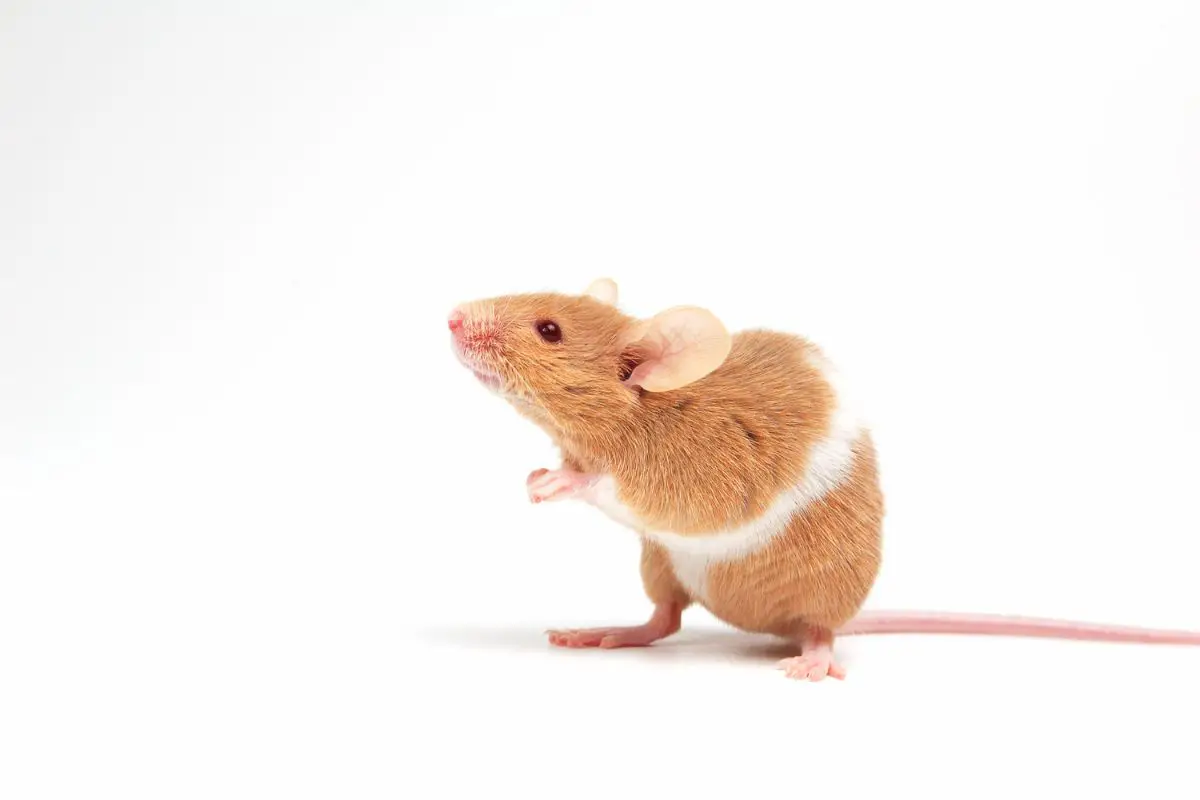
Mice are likely some of the most famous rodents in the world. These small animals are found almost anywhere in the world, in every environment, from grassland to urban centers, mountains, and more. They tend to follow humans, who provide steady access to food; consequently, mice are one of the more persistent pests for human populations.
There are many types of mice, from the common field mouse or house mouse to dormice. Their natural diet is largely herbivorous, focused on grains and plants. However, mice are extraordinarily adaptive and eat almost any food waste.
Mice are extremely small, often weighing less than an ounce and reaching between one and three inches in length. In ideal conditions, mice can live as long as eight years; however, the average mouse lives between 18 months and three years. While mice might be the most widespread rodent species, they are far from the only one!
Here are sixteen animals similar to mice.
1. Join the Rat Race
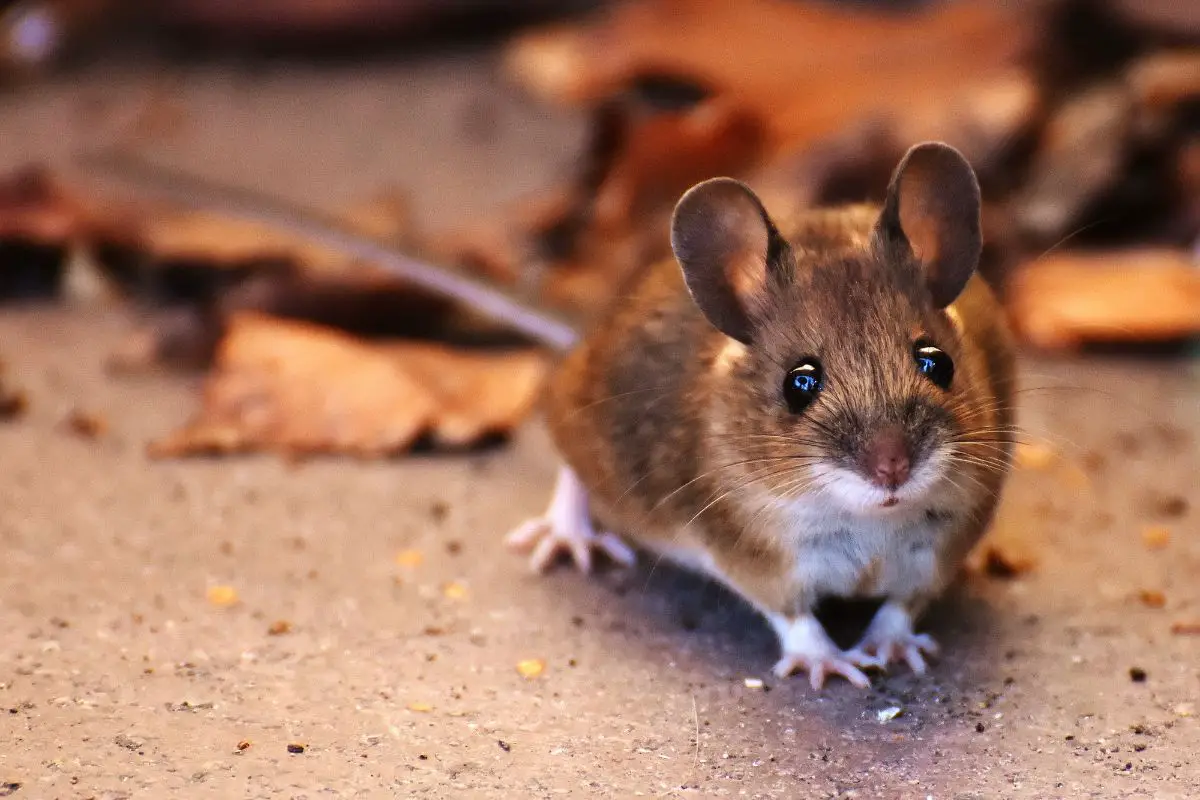
Rats are one of the most common rodents in the world. They look very similar to mice but are slightly larger. Rats thrive everywhere, including in homes and urban centers.
Their natural diet is vegetables and fruits, seeds, and nuts. However, their diet can be extremely varied and adaptable, so they are often found in crowded urban areas, where they survive on garbage. Most rats only live for about a year in the wild.
They can vary significantly, but most adult rats are between seven and nine inches long and weigh between 75 and 230 grams.
2. The Wheel is Spinning

Hamsters are mouse-like rodents that exist both in the wild and as pets. They are known for having short, stumpy tails and extended cheek pouches that they use to store food. Hamsters eat seeds, nuts, fruits and vegetables, and insects.
They usually live between 18 months and three years. Most adult hamsters are between five and seven inches long and weigh between three and five ounces. While they are popular pets, hamsters are known for being aggressive toward owners and even their offspring (and sometimes for dying violently due to their small size and curious nature).
3. Like Lemmings Off a Cliff
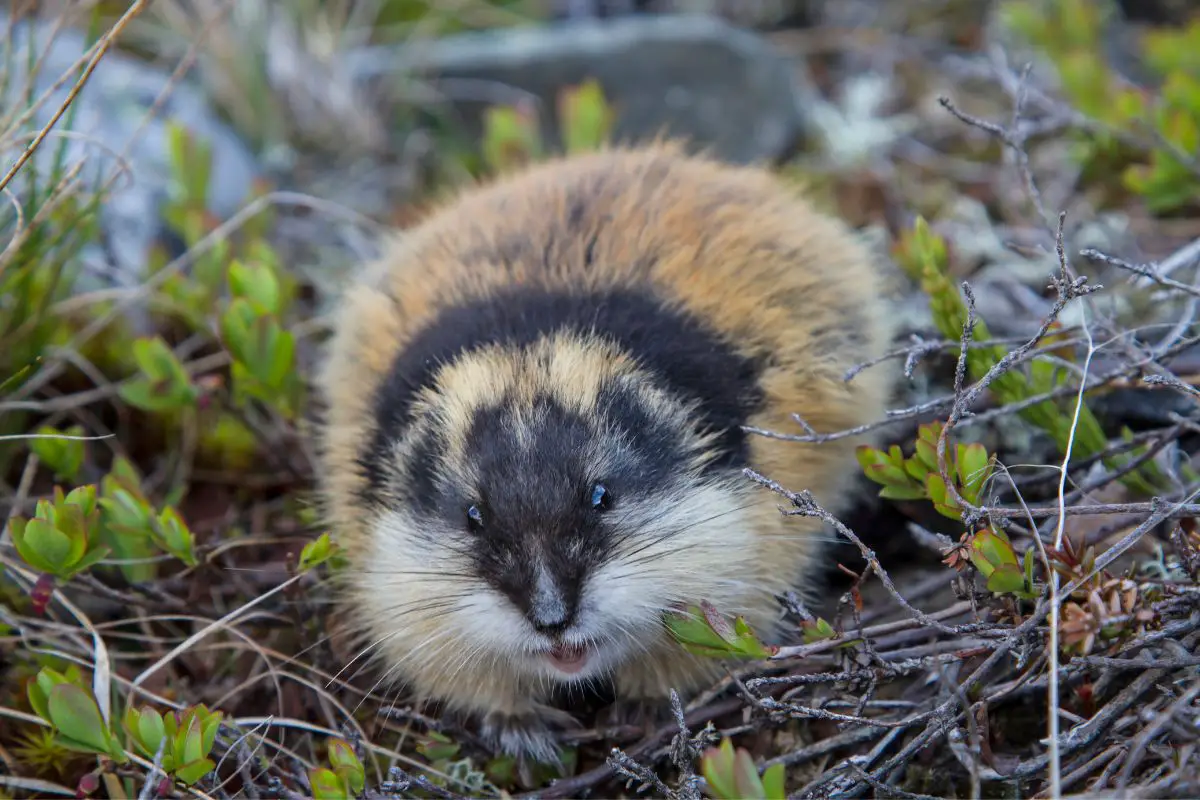
A lemming is an Arctic rodent that lives in large, elaborate burrows. Unlike most rodents, they don’t hibernate through the winter. They are small, round rodents with short tails, usually measuring five to seven inches and weighing up to 34 grams in adulthood.
Lemmings are herbivores and surprisingly adaptive to their environment, eating whatever vegetation is available. Lemmings usually live about 12 months in the wild. According to popular legend, they sometimes commit suicide by marching off cliffs en masse; while this isn’t true, it has entered popular slang to describe a gullible and obedient person.
4. Voila the Vole
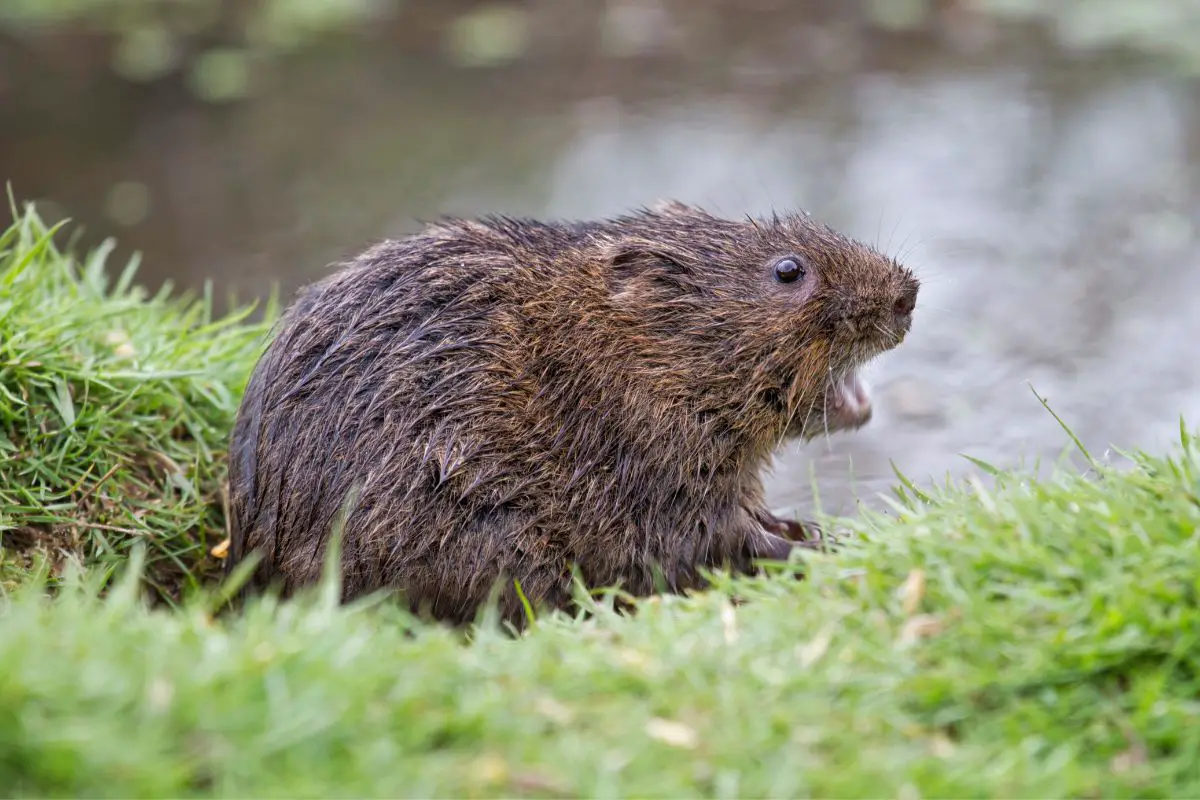
Voles are small, burrowing rodents that look and act very similarly to mice. They often tunnel under plants, eating and killing the root systems; they may also eat other dead animals. Generally, they survive on a diet of vegetables, fruits, nuts, and seeds.
Voles are smaller than many other rodents, ranging between three and five inches and weighing up to 2.5 ounces. They tend to have short lifespans, rarely living longer than twelve months. But they are known to be extremely prolific breeders, producing up to 10 litters yearly.
5. Everyone’s Favorite Small Pet

Gerbils are small rodents found in the wild and kept as housepets. They are smaller than most mice, measuring just over five inches and weighing up to four-and-a-half ounces in adulthood. They have a short tail.
Gerbils’ diet consists mostly of seeds and grains. While their gentle nature makes them good pets, they are also prone to disease, including diabetes and epilepsy; diet adjustments can sometimes manage these. In captivity, some gerbils can live up to seven years.
On average, they live around four years.
6. The Taming of the Shrew

A shrew is a small mammal that looks and behaves similarly to a mole. Shrews have round bodies, long noses, unique velvety fur, and short tails. There are many varieties of shrews, including some that are venomous.
They are very small, reaching no more than six inches from nose to tail and weighing less than four ounces. Shrews need to eat several times their body weight each day, with a diet consisting of seeds, nuts, insects, worms, fruits, and vegetables. They usually live one to two and a half years.
7. Holy Moly
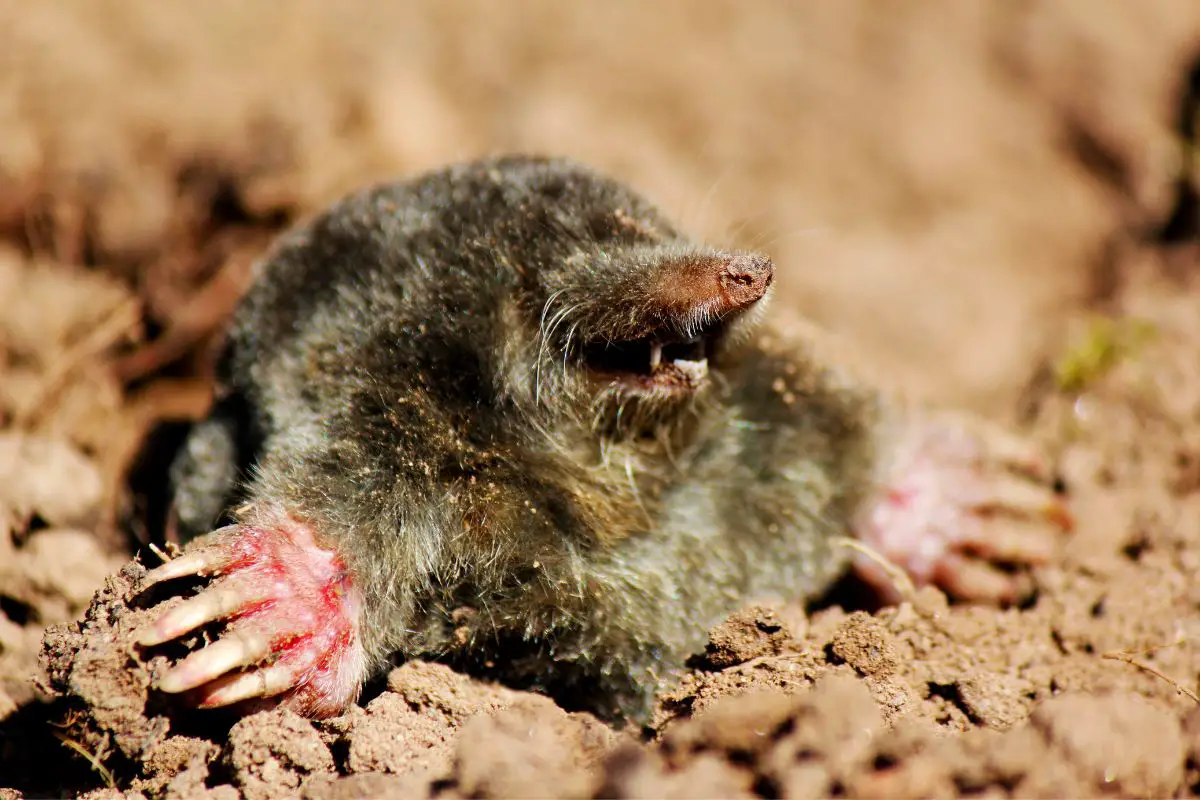
Moles, like shrews, are not rodents at all. Rather, they are mammals that belong to the order eulipotyphla, which also includes hedgehogs. However, moles and shrews share several similarities with mice.
Moles are small, furry animals that burrow into the earth and are widely considered pests to gardeners and homeowners. They have unique paws that they use like shovels to dig large amounts of earth. A moles’ diet largely consists of earthworms, slugs, and other small invertebrates that live in the soil.
Most moles are roughly the size of mice, reaching between four and six inches in length and one to three ounces in weight. They have an unusually long lifespan and can live up to six years.
8. Chinchillin’ in Chile
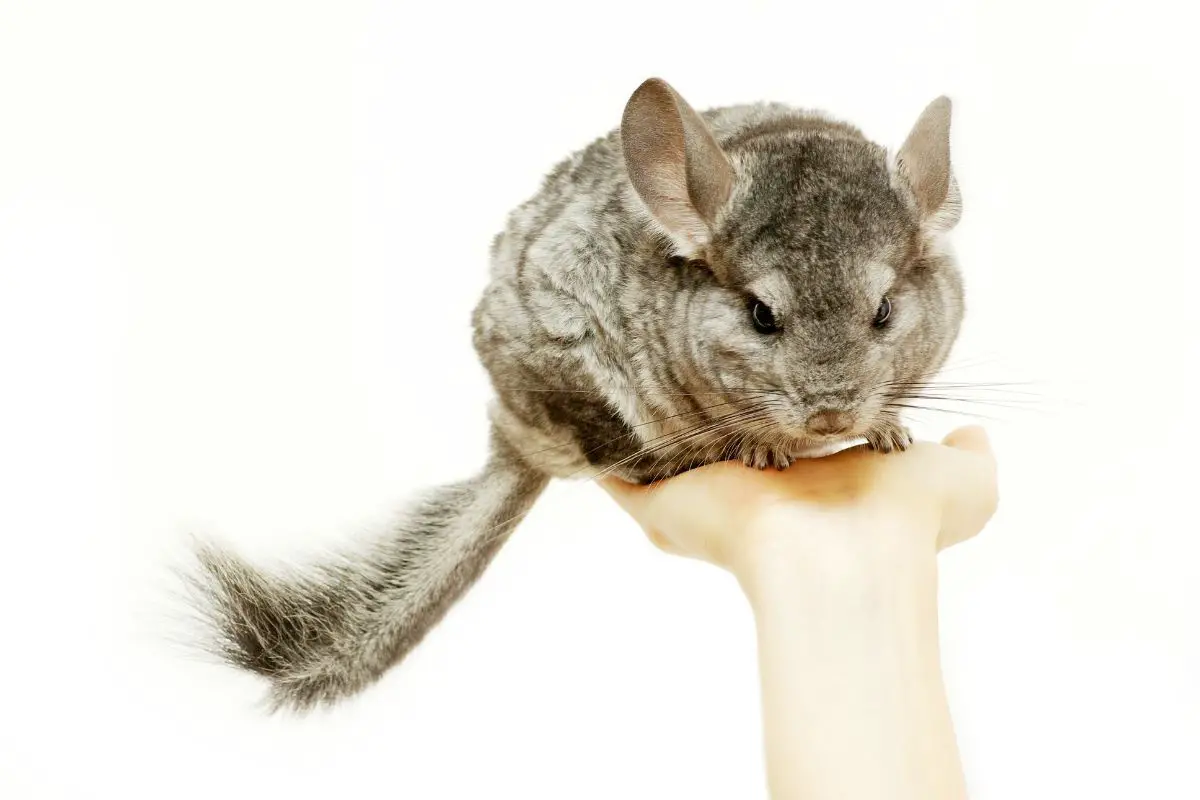
A chinchilla is a large rodent from South America, most specifically the Andes Mountains. They are round and larger than most other rodents, reaching between nine and ten inches (as well as three to six inches of tail, depending on the breed) and weighing up to two pounds. Chinchillas are largely extinct in the wild, except isolated herds in Chile.
These days, they are largely known as pets. Chinchillas have extraordinarily dense fur, which means they cannot bathe in water; rather, they “bathe” by combing dust through their fur with their paws. Chinchillas’ diet is high in fiber and generally involves hay, pellets, fruits, and vegetables.
They live an unusually long life for rodents, between eight to ten years depending on the breed.
9. Rodent or Tiny Kangaroo?
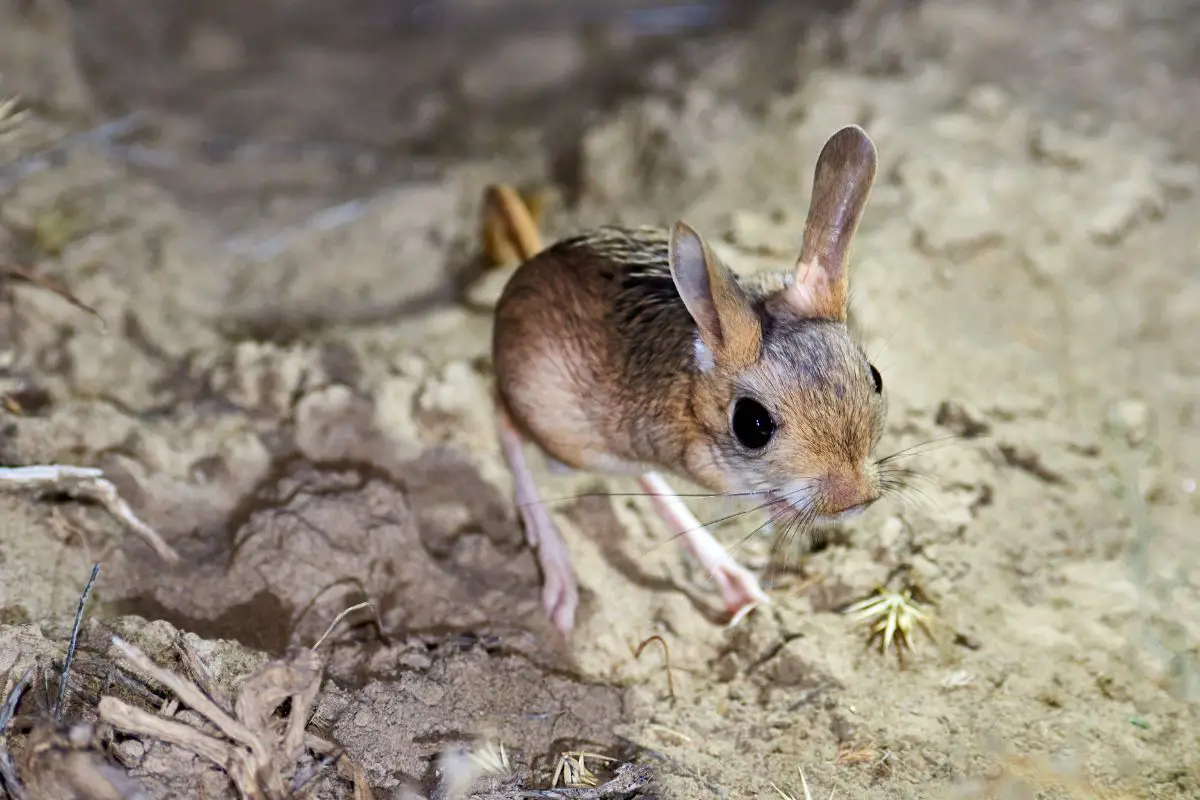
The jerboa is a rodent that dwells in desert climates, mostly in Africa and Asia. It is known for its unusually long legs, which allow it to hop. This earns it its other name, “hopping mouse”.
They move much like kangaroos, propelling themselves on their back legs. Jerboas have long tails and ears and may range between two and six inches tall. They weigh between one and 12 ounces.
Jerboas eat plants and insects such as beetles but avoid hard grains, which they cannot digest. Some breeds can jump up to six feet in the air and fifteen miles per hour.
10. Chile’s Second Most Famous Rodent
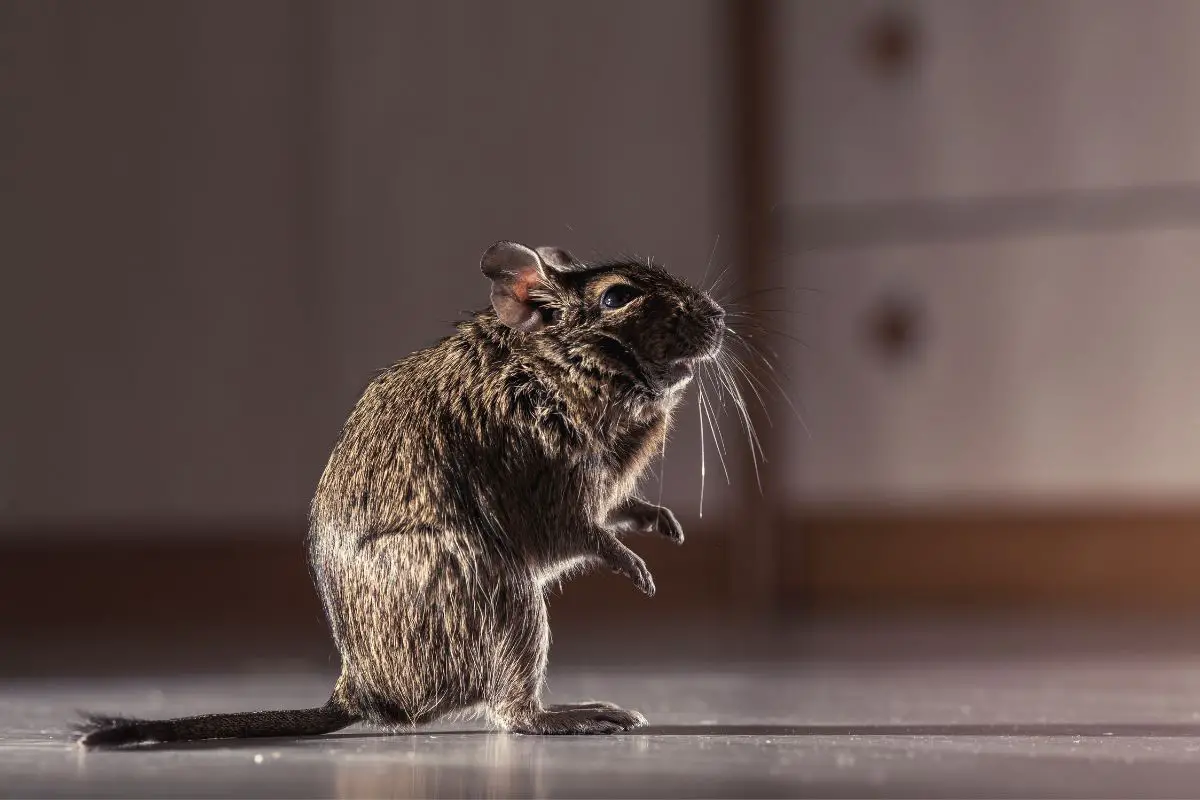
A degu is a common rodent found in parts of South America, especially Chile. It is mostly found in the wild but has also been domesticated. Degus are slightly larger than many common rodents, reaching between ten and thirteen inches and six to eight ounces.
They are known for their unique cheek shape, shaped like a figure eight, with one “loop” on either side. In the wild, degus live in large communities which work together to build elaborate burrows. They are herbivores and largely survive on grasses, seeds, and nuts.
Interestingly, they cannot tolerate sugar and are prone to developing diabetes in captivity. In the wild, degus usually live between one and four years. As pets, they may live between six and eight years with proper care, and some have even been reported to live up to thirteen years.
11. Not Necessarily Naked

Mole rats, also known as blesmols, are burrowing rodents found throughout sub-Saharan Africa. Despite their name, they share more in common with gophers than either moles or rats. They build extensive burrows, mostly using their teeth to dig.
Their front teeth are one of their most unique characteristics. Extremely large and sharp, they protrude from the skull and are used almost as extra limbs. Mole rats are large rodents, with different breeds varying between three and twelve inches long.
Smaller types are as small as one ounce, while bigger ones can be close to 64 ounces. Mole rats are herbivorous, mostly eating tubers and the roots of plants. They have one of the longest lifespans of any rodent species, living up to 30 years in the right conditions.
12. Not From Guinea, Not a Pig
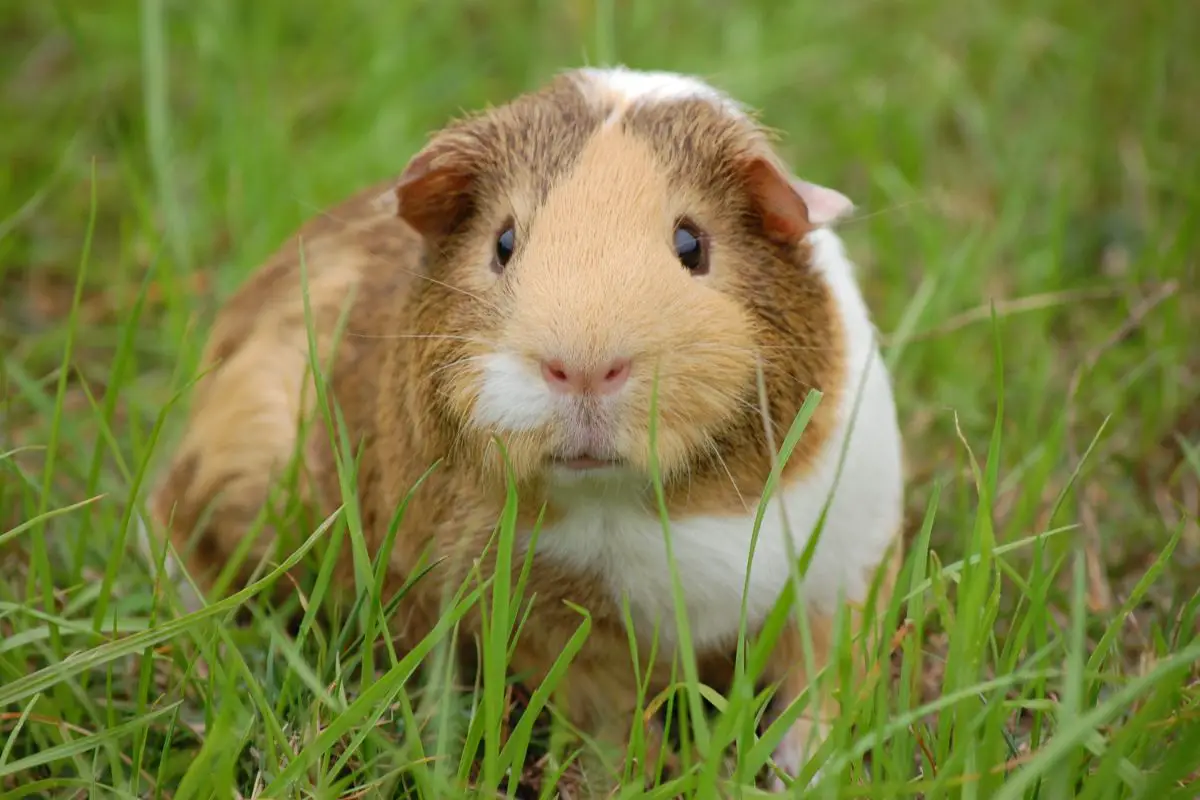
Guinea pigs are one of the most popular rodent pets, but they have become best known for their use in scientific research. These larger-than-average rodents have friendly, mild temperaments, making them perfect for domestication. Adult guinea pigs are usually between eight and ten inches in length and weigh between 1.5 and 2.6 lbs, though some types may be bred to reach as much as 6.6 lbs.
Unlike mice, they have no tails and are known for their long, protruding teeth and distinctive fur patterns, which can vary significantly. Guinea pigs have large, flat molars, which support their natural diet of plants and grasses. In captivity, they need a variety of fruits and vegetables as well as vitamin supplementation.
Pet guinea pigs usually live four to six years, though they can live up to eight with proper care.
13. Feeling Squirrelly

Squirrels are common rodents worldwide, thriving in Europe, the Americas, Asia, Africa, and even Australia. These bushy-tailed rodents are well-known for their climbing abilities and ability to live alongside humans; squirrels live happily in urban areas and may build nests in human structures such as roofs and attics. Squirrels mostly eat nuts, seeds, pinecones, fruits, and vegetables and are known to bury seeds to store, often causing them to sprout.
Most squirrels are small, weighing between one and 1.5 lbs. Squirrels usually live between two and six years in the wild, often dying because of cars or predators; their natural lifespan can be as long as twenty years.
14. Just Gopher it
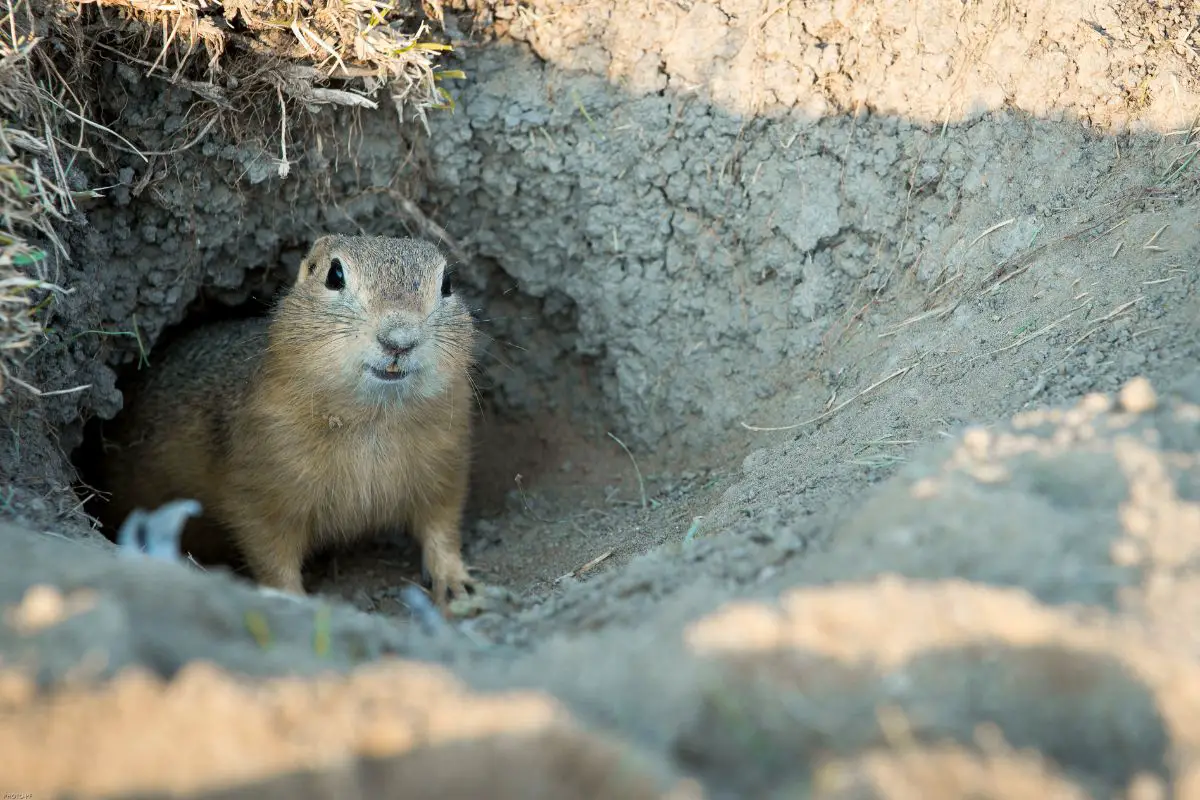
Gophers or pocket gophers are large rodents that live throughout North and Central America. There are many breeds of gopher, which vary significantly in size and features. Most gophers are fairly small, only reaching about six to eight inches in length along with up to two inches of tail.
Most types only weigh about half a pound, though some breeds can get close to two and a half pounds. Gophers enjoy burrowing underground and have extensive networks of tunnels. They are herbivores, eating various plants, flowers, nuts, and seeds.
In the wild, they usually live between one and three years.
15. Chipmunk
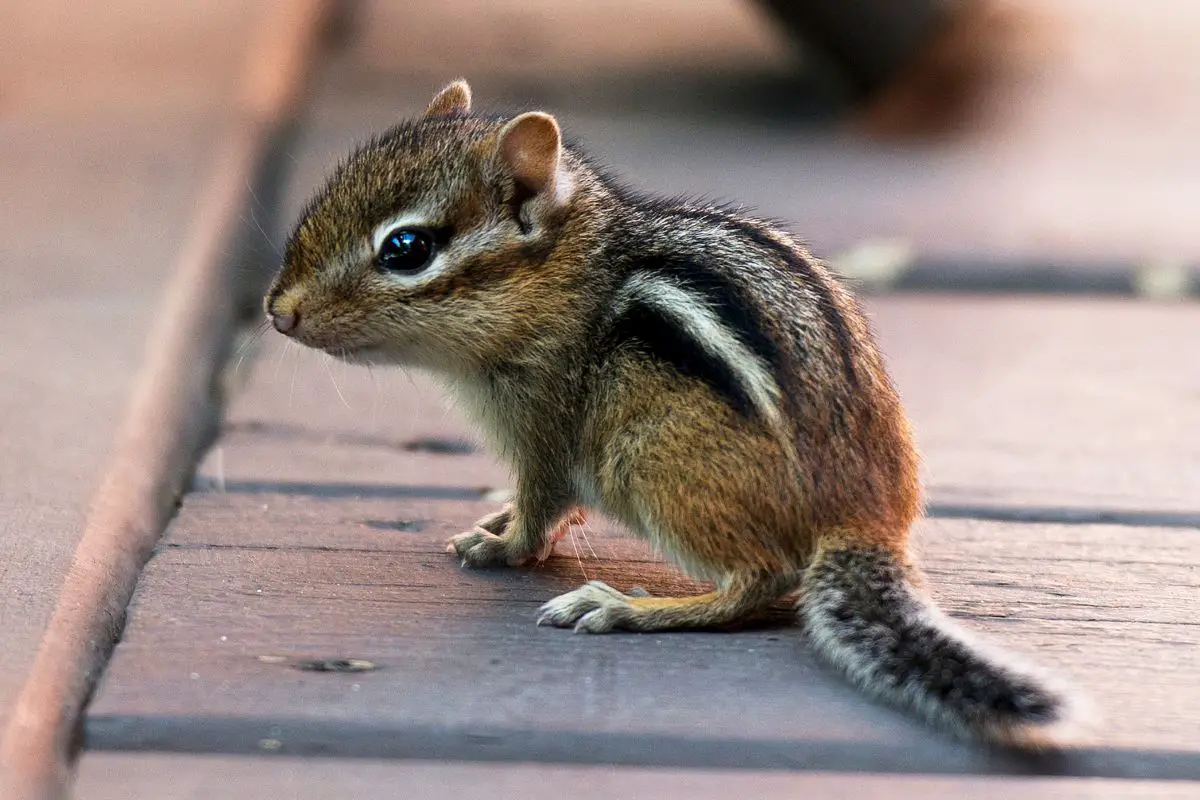
Chipmunks are small rodents that are closely related to squirrels. Physically, they are distinguished because of their smaller size, lack of a bushy tail, and smaller size (about eight inches in height and between one and five ounces in weight). Chipmunks tend to have brown fur with black and white stripes running down their back.
Like squirrels, they tend to forage for food, which they store in their expansive cheek pouches. Their diet is omnivorous, mostly seeds, nuts, fruits, vegetables, and fungi, but occasionally insects, worms, and even small frogs. Due to their small size, which makes them an easy target for predators, chipmunks usually only live about three years in the wild.
However, they may live much longer in captivity.
16. Tuco-Tuco
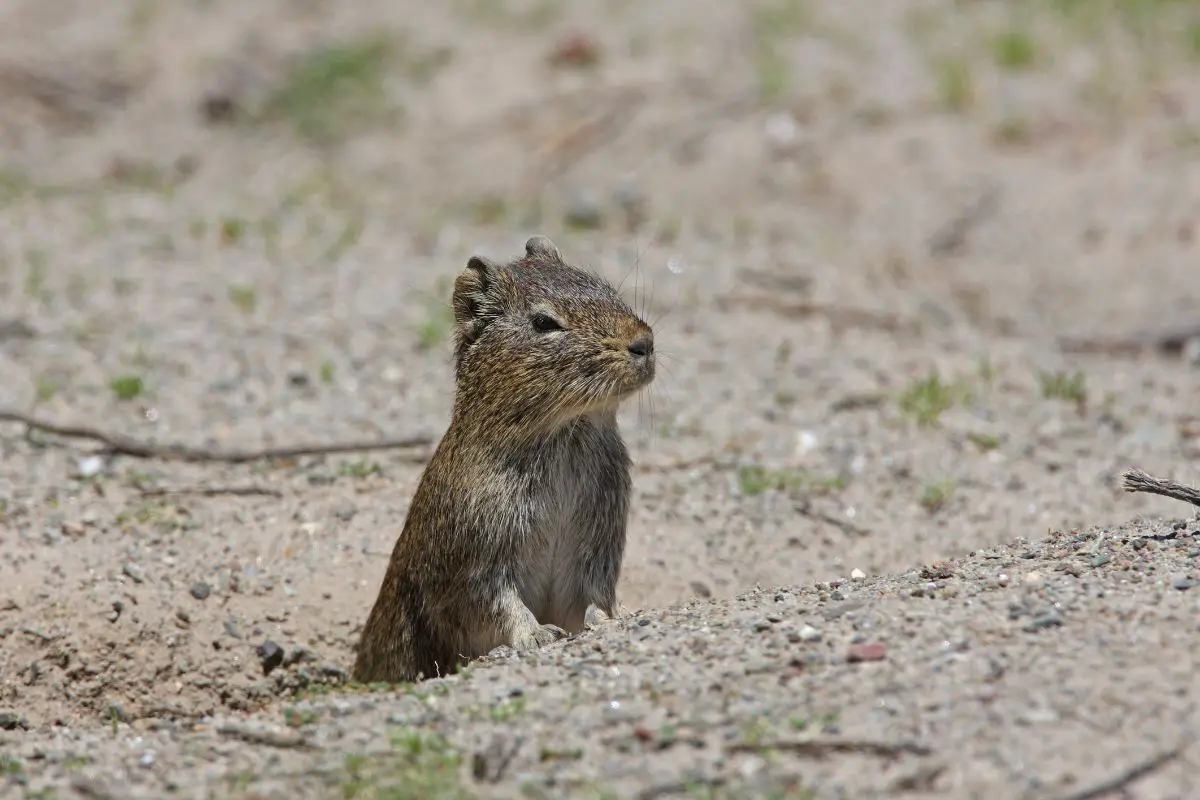
Tuco-tuco is a small rodent native to South America, particularly Peru and southern Brazil. It looks very similar to a mouse, with loose, furry skin, small paws and ears, and a long tail. They are burrowing mammals, which is reflected in their small size — an adult is usually between six and ten inches in length and can weigh as little as 100 grams.
Tuco-tucos spent most of their life underground, making many of their behaviors a subject of mystery. Their diet is likely omnivorous, based on foraging finds such as plants, grains, nuts, tubers, and small insects. Because they are so evasive and confined to a small geological region, it is unknown exactly how long tuco-tucos live; their lifespan is probably about three years, equivalent to most other wild rodent species.
FAQ
Are Mice Harmful to Humans?
Most mice fear humans and don’t want to bite or scratch them. The biggest threat they pose is the spread of disease; mice have been known to carry diseases such as leptospirosis, salmonella, tularemia, and hantavirus. They can also cause serious damage to structures in your home by chewing, usually to build their nests.
What is the Difference Between a Mouse and a Rat?
Mice and rats are two of the most common rodents in the world. But both of these rodent varieties are very loosely defined. In general, mice and rats are differentiated by their size.
Rats are usually significantly larger, growing up to eight inches long and weighing up to a pound.
What Animals are Most Similar to Mice?
The rodent class is further divided into families. Mice belong to the family Muridae, including rats, gerbils, hamsters, and voles.
